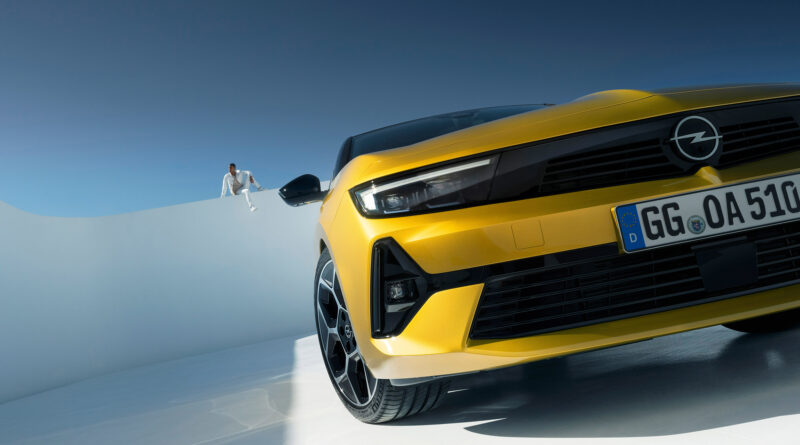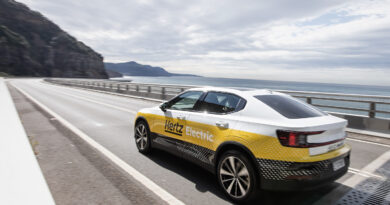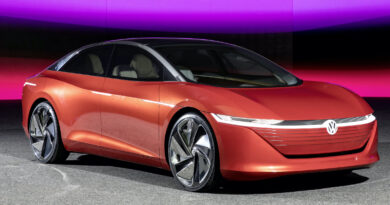The Opel Astra PHEV that could have been a Holden
The car once known as the Holden Astra has been reborn as a plug-in hybrid that seriously steps up the style and technology.
Under German brand Opel – which heavily influenced the Holden Commodore and supplied Holden will many of its imported models – the new Opel Astra will be offered in two plug-in hybrid variants for the European market.
Those plug-in hybrids are expected to use the same basic mechanical components as those from sister brand Peugeot – Peugeot is embarking on an electrified journey for Australia in 2022 – with the 308 (the two are now part of the newly-formed Stellantis), although Opel hasn’t detailed the drivetrains yet.
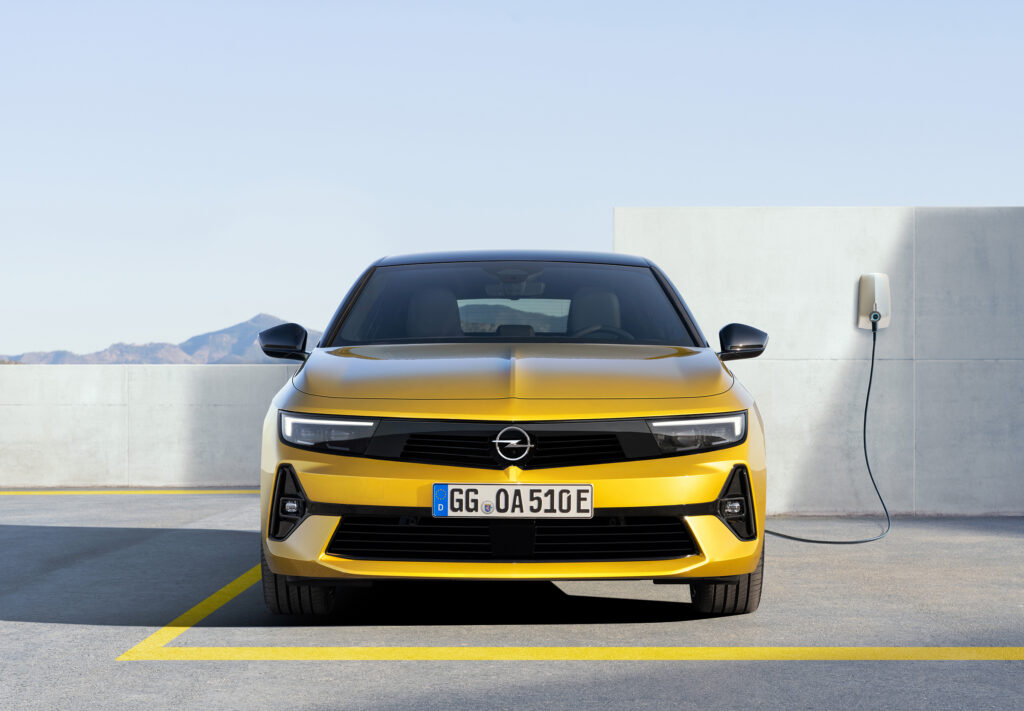
That would mean a 1.6-litre four-cylinder turbo engine and an 81kW electric motor driving through an eight-speed automatic.
READ MORE: Holden’s EV future: What could have been
READ MORE: From Holden to Hummer: GM’s electric transformation
READ MORE: Hydrogen fuel cell and PHEV combined in Opel Vivaro-e van
One engine will combine with the e-motor to make 132kW while the other steps that up to 165kW.
The Astra PHEVs get a 12.4kWh battery pack for about 50km of electric range.
The new Astra is the car that could have been sold in Australia had Holden not packed up early in 2020 soon after ceasing local manufacturing in 2017.

No word yet on whether Opel could make a return to Australia (we’ve put the question to Opel), although there have been murmurings in recent years.
If it does come here the Astra looks like a serious contender for the Volkswagen Golf, its toughest rival in the European market.
Design is a major focus for the new model, evolving Opel’s look and preparing it for a future of electricity.
“The new Astra represents the exciting next step of our new design execution”, says Opel Vice President Design, Mark Adams.

“With its bold Vizor front face, strong muscular wheel arch blisters and sheer surfacing, the new Astra has a very sporty and confident personality. The interior also takes a bold step into the future.”
Key to the new Astra’s appeal is technology that includes a fully digital instrument cluster that incorporates a main 10-inch driver display and a 10-inch central touchscreen.
There’s also the latest driver assistance semi-autonomous features, wireless Apple CarPlay and Andrpoid Auto and matrix-LED headlights with 84 individual LEDs in each light.

In some ways the new Astra represents the bridge between the old Opel and the new.
The PHEVs will be relatively shortlived in Opel’s history.
Last week Opel confirmed it would be a wholly EV brand in Europe by 2028 and that it would enter the Chinese car market as an EV-only brand.
“We promised that Opel will go global – and we will deliver,” said Opel CEO Michael Lohscheller.
“China is the largest automotive market in the world and we are sure that we will grow profitably there. Chinese customers can look forward to our products and our emotional German brand.”
As for the chances of Opel returning to Australia, it doesn’t appear likely in the medium term. When contacted by EV Central a spokesperson provided the following statement:
“Increasing sales significantly in export markets is one of the key pillars of Opel’s strategy. Opel is currently investigating opportunities around the globe and has made several announcements recently in the Asia Pacific region such as the launch of Opel in New Caledonia last month as well as our planned launch this year in Japan, and our big announcement made last week that Opel will go to China. A relaunch of Opel in Australia is not currently under investigation. However, that status can always change as we expand our presence outside Europe. Opel goes global, so stay tuned.”
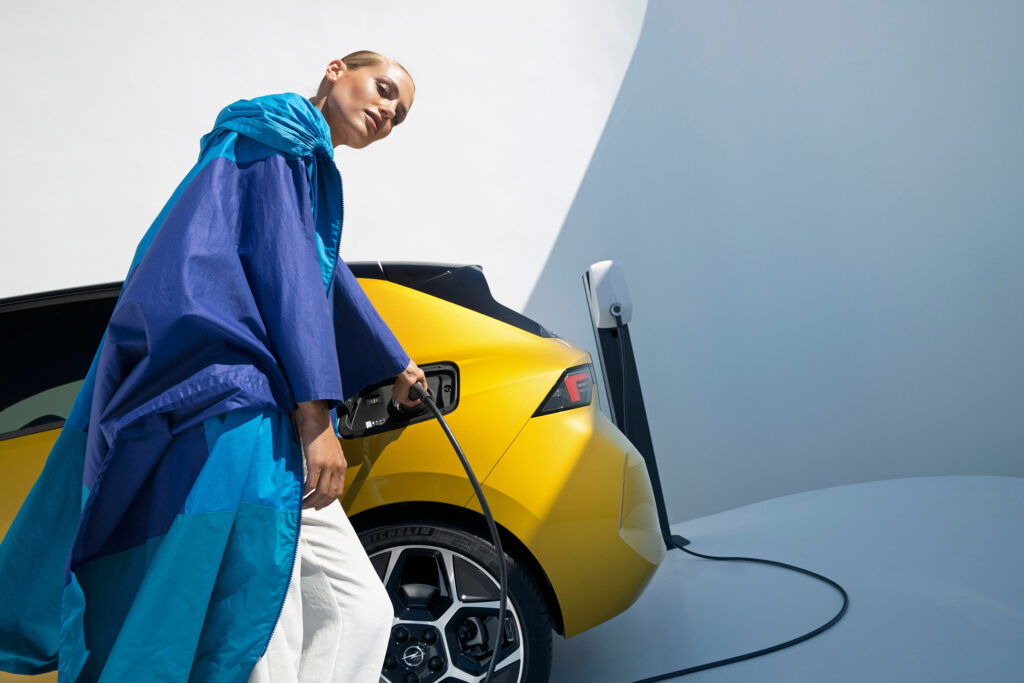
Key to that shift to electricity will be leaning on the newfound muscle of Stellantis, Opel’s parent company that was formed from the merger of Fiat Chrysler and PSA (Peugeot Citroen).
While Opel was part of General Motors from 1929 to 2017 it is now able to leverage the EV push from Stellantis, which last week held as EV day.
During that EV day Stellantis confirmed every one of its 14 brands – Abarth, Alfa Romeo, Chrysler, Citroen, Dodge, DS, Fiat, Jeep, Lancia, Maserati, Opel, Peugeot, Ram and Vauxhall – would soon be building EVs.
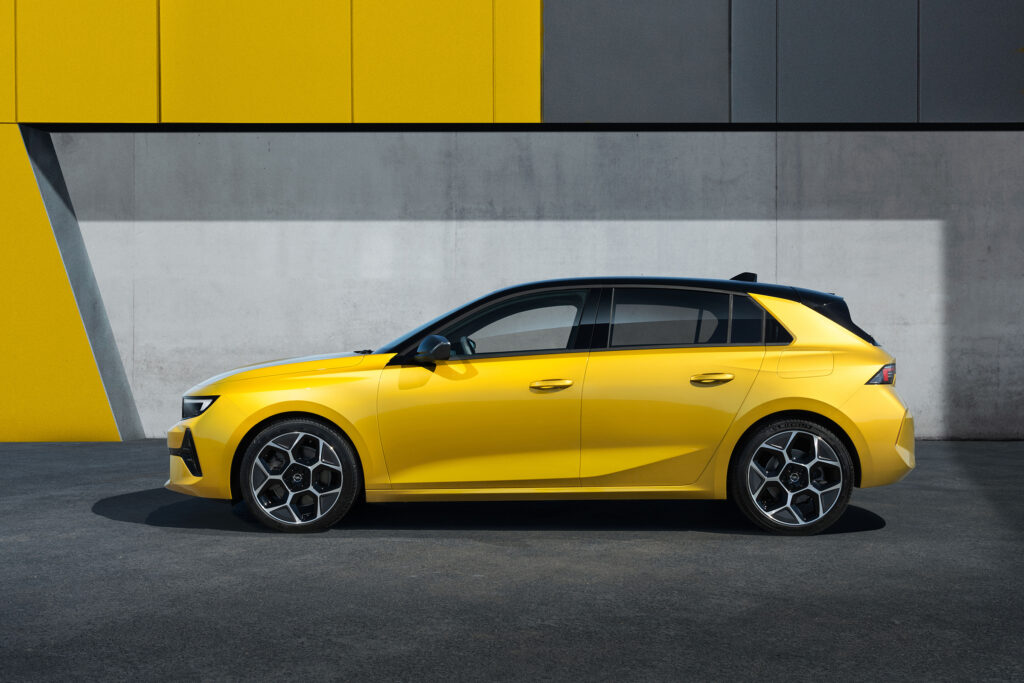
There would be big component sharing across the group, including one architecture that will eventually be used under every brand.
Ram confirmed it would build an electric Ram 1500, an all-new electric Ram ute to compete with the Hilux and Ranger, while Dodge said it was ditching V8s to focus on electric muscle cars.

